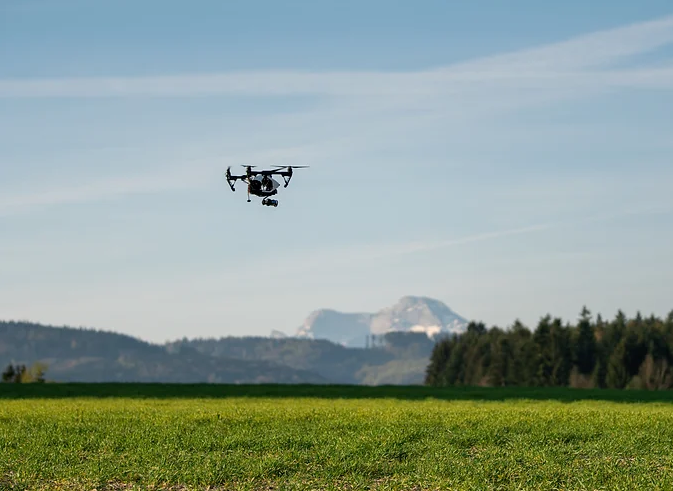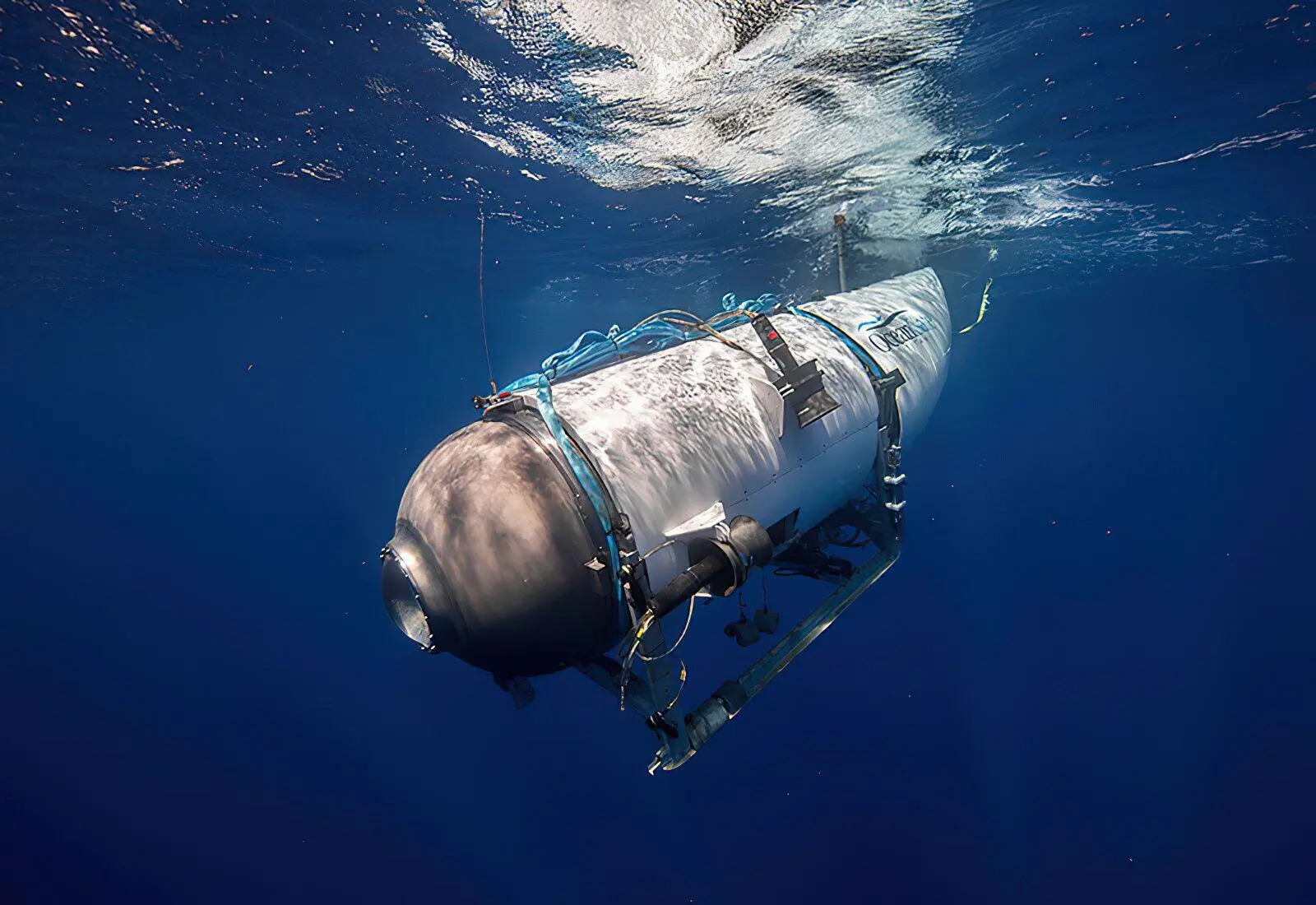
ARE WE READY TO GO "AEROGO"
The advancements in drone technology with 5G connectivity have opened up a whole new world of possibilities for various industries. With improved data transfer speed and latency, increased coverage area, and enhanced drone swarm capabilities, drones with 5G connectivity are expected to revolutionize the way businesses operate.
Drones with 5G connectivity have proved to be useful for public safety and emergency response, as well as logistics and transportation industries, with optimized delivery services, freight delivery and tracking, and improved inventory management.
However, the use of drones and 5G connectivity raises concerns about the environmental impact and requires sustainable development. All in all, drones with 5G connectivity promise to be a game-changer, and with the right regulations, they have the potential to make our lives easier and safer.
1. Advancements in drone technology with 5G connectivity
As we usher in the era of 5G connectivity, we are set to experience groundbreaking advancements in drone technology. It's no secret that the global drone market is burgeoning, and the possibilities are seemingly endless. Let's explore the advancements in drone technology with 5G connectivity and see how it's set to revolutionize various industries.
Improved data transfer speed and low latency are some of the primary advantages of 5G connectivity. This means that drones can now operate at faster speeds, and real-time data transmissions can occur seamlessly. The immense speed and reduced latency make it possible for drones to operate with reduced human intervention. This is a significant breakthrough in the drone industry as it drastically reduces error rates and possibilities of accidents.
The increased coverage area is another major breakthrough made possible by 5G connectivity. Drones can now fly deeper into remote locations that were previously hard to reach because of limited coverage access. With the impressive spatial coverage that 5G connectivity provides, drones can now cover a more extensive geographical area with higher data transmission rates. Such enhanced coverage, when integrated with the drone swarm capabilities, means the technology can now be applied extensively in the delivery, logistics, and transportation sectors.
Enhanced drone swarm capabilities are the result of increased connectivity and data processing available with 5G. Improved connectivity aids in enhanced navigation and communication between drones, making them work together seamlessly as a team. This means we can now perform complex tasks that require multiple drones, such as search and rescue missions, infrastructure inspections, and agriculture monitoring, with ease.
Integration with edge computing is a technological breakthrough that leverages 5G technology to facilitate more efficient drone operation. Edge computing is the decentralized processing of data closer to the source of collection, reducing latency and increasing performance. With edge computing, drones can process real-time data on board and make immediate decisions about flight paths, obstacle avoidance, and other crucial operations. This makes drones safer and more efficient in the face of obstacles, which is especially beneficial in public safety and logistics operations.
The advancements in drone technology with 5G connectivity are set to revolutionize various industries such as logistics, emergency services, agriculture, environmental monitoring, and many more. The integration of these technologies provides us with limitless possibilities and enhances the safety, efficiency, and versatility of drones significantly.
2. Real-time drone tracking and autonomous flight control

Real-time drone tracking and autonomous flight control: The integration of 5G connectivity with drones has not only enhanced their capabilities but also ensured the safety and efficiency in their operations. Real-time drone tracking and autonomous flight control is one such advancement that has caught the attention of many industries. It involves communication between the drone and the ground station in real-time, ensuring that the UAVs is aware of its surroundings and can make informed decisions.
2.1 Improved drone safety and efficiency:
The use of 5G technology has improved drone safety and efficiency immensely. With the high-speed data transfer and low latency provided by 5G connectivity, drones can now be monitored and controlled in real-time. This allows for swift and informed decision-making during drone flights, reducing the risk of accidents and increasing the efficiency of operations.
2.2 Challenges posed by 5G connectivity:
While the integration of 5G with drones has brought about a lot of advantages, there are also some challenges that come with it. One such challenge is the availability of 5G networks in remote areas. 5G connectivity may not be available in all regions, and this can hinder the operations of drones in those areas. Additionally, there is a need for improved cybersecurity measures to protect the privacy and security of the information exchanged between the drone and the ground station.
2.3 Regulatory considerations for autonomous drone flight:
The use of autonomous drones in various fields has increased their efficiency and reduced the likelihood of human error. However, there are regulatory considerations that need to be taken into account before autonomous drone flight can be implemented on a large scale. One such consideration is the need for a failsafe mechanism that can take control of the drone in case of an emergency.
2.4 Examples of successful drone tracking and autonomous control systems:
The use of real-time drone tracking and autonomous flight control has been successful in many industries. For instance, in the medical industry, drones using 5G connectivity have been used to transport medical supplies to remote areas. Similarly, in the agriculture industry, drones equipped with sensors and cameras have been used to monitor crop health and soil moisture, leading to better crop yields. In addition, the transportation industry has experienced improved delivery services through the use of drones equipped with real-time tracking systems.
3. Drones and 5G in Public Safety and Emergency Response

The use of drones and 5G technology in public safety and emergency response is fast becoming a game-changer. Improved situational awareness is one of the many benefits that drones and 5G connectivity bring to emergency response teams. Real-time data collection and analysis enable first responders to stay ahead of critical situations, helping them make informed decisions.
In disaster response and recovery operations, drones play a vital role in providing an aerial view of the impacted area, enhancing situational awareness, and enabling the identification of hazardous situations or structural damage that may pose a risk to first responders and rescue teams. The data collected by drones helps in quick decision-making and streamlining of operations.
The deployment of drones and 5G technology in public safety and emergency response has the potential to revolutionize the field. However, it is essential to address these challenges and develop appropriate regulations to ensure their safe and ethical use.
4. Drones and 5G in logistics and transportation industry

As the world continues to grow at a rapid pace, logistics and transportation are becoming more important than ever before. Companies need to transport their goods quickly and efficiently to remain competitive. That's where drones come in as a solution to these logistical challenges.
4.1 Delivery services optimization
Using drones in logistics industry. With advances in drone technology and 5G connectivity, companies can deliver packages to customers in mere minutes. This increased speed and efficiency, coupled with real-time tracking, has revolutionized the delivery industry.
4.2 Freight delivery and tracking
It is another area where drones show promise. Drone technology can be used to carry heavy loads over long distances, thereby reducing the need for large trucks. The use of drones for freight delivery and tracking can result in cost savings for companies while minimizing their carbon footprint.
4.3 Improved inventory management
Yet another potential use case for drones in the logistics industry. By monitoring inventory levels via drone, companies can reduce waste and improve their supply chain management. Advanced sensors and cameras can provide real-time data on inventory levels and can even alert staff when stock levels are running low.
As with any new technology, there are challenges and limitations to the use of drones in the logistics industry. One of the main challenges is the need for :
-- Strict regulations
Governing bodies need to ensure that drones are used safely and ethically. Additionally, drones may not be suitable for all types of deliveries, such as those requiring refrigeration.
Despite these challenges, the future of drone technology in logistics looks promising. Advances in drone technology and 5G connectivity will continue to provide new opportunities for companies in the industry. As drones become smaller, more efficient, and more advanced, they will continue to revolutionize the way goods are transported around the world.
5. The environmental impact of drones and 5G connectivity
While drones and 5G connectivity hold unparalleled potential in revolutionizing several industries, we must also consider their impact on our environment.
5.1 Carbon Footprint

One of the key advantages of drones is that they have a significantly lower carbon footprint than traditional modes of transportation. As aerial vehicles, drones do not require any roads or fuel-intensive engines for mobility, making them an environmentally friendly choice.
5.2 Wildlife conservation research
Furthermore, drones equipped with high-resolution cameras and advanced sensors are particularly useful in wildlife conservation research. They provide effective access to remote regions that are otherwise inaccessible to humans, helping researchers map, track and monitor various species and habitats. Drones can also help detect and combat issues like poaching or deforestation.
However, the use of drones in environmental monitoring also raises some challenges and concerns. For example, drone activity may disturb wildlife and ecosystems, or their increased use may lead to privacy concerns. Despite these concerns, drones' unique capabilities and benefits suggest considerable potential in sustainable development. As long as careful consideration is paid to environmental concerns, further use and development of drone technology can be an invaluable ally in preserving our planet.
Conclusion As we continue to explore new possibilities with drone technology and 5G connectivity, it is equally essential to acknowledge their environmental impacts. We need to ensure that the development of these technologies is done sustainably so that their advantages can be harnessed without compromising our environment and ecosystems. The integration of 5G connectivity with drones has brought about remarkable advancements in various industries. Improved data transfer speed, coverage area, and drone swarm capabilities have revolutionized the way drones are used in logistics, transportation, public safety, and environmental monitoring. Real-time UAVs tracking and autonomous flight control have enhanced drone safety and efficiency with challenges in the regulatory framework. While the benefits are huge, we must also consider the environmental impact and sustainable development of drone technology to ensure its ethical use. Overall, the drones and 5G connectivity combination have promising implications for the future.
However, there are also regulatory considerations and cybersecurity challenges that need to be addressed to ensure the safe and ethical use of this technology. Nonetheless, the future is looking bright for the drone and 5G industries, and we can only expect more exciting advancements in the coming years with AEROGO.












Comments